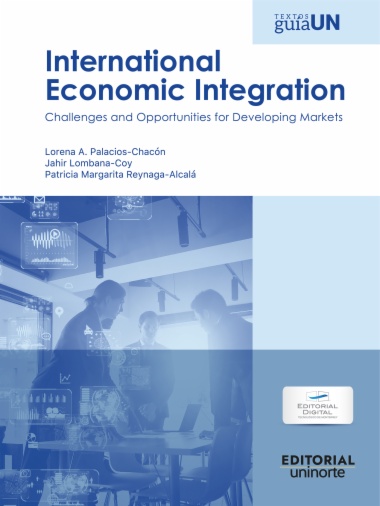

Due to different social, political, and economic cycles, international trade dynamics and protectionist initiatives become evident worldwide. Therefore, understanding international economic integration is highly significant. This textbook looks to understand international economic integration from a historical, theoretical, and practical outlook deriving essential lessons for developing economies. Each section contains specific exercises to apply a wide variety of concepts and tools. It is expected that the reader develops a critical perspective of the topics analyzed to use them in the dynamic and changing business environment. This book is suggested for people with basic knowledge in international business, economics, and related disciplines.